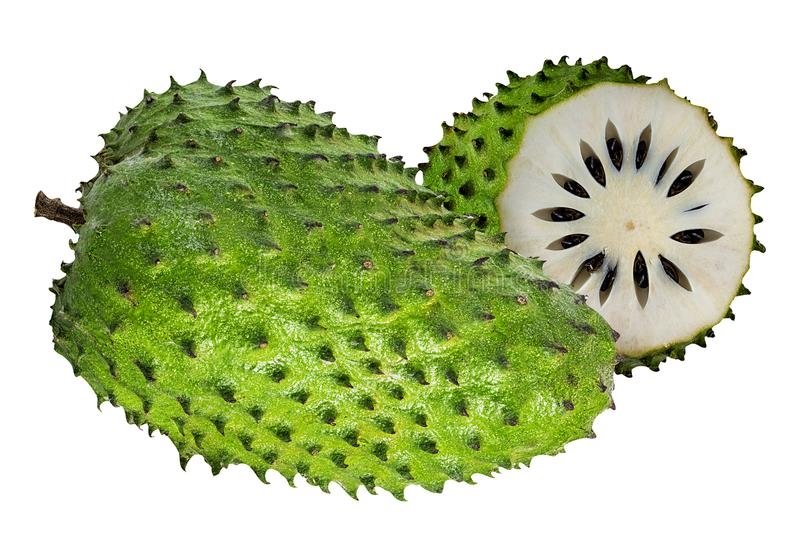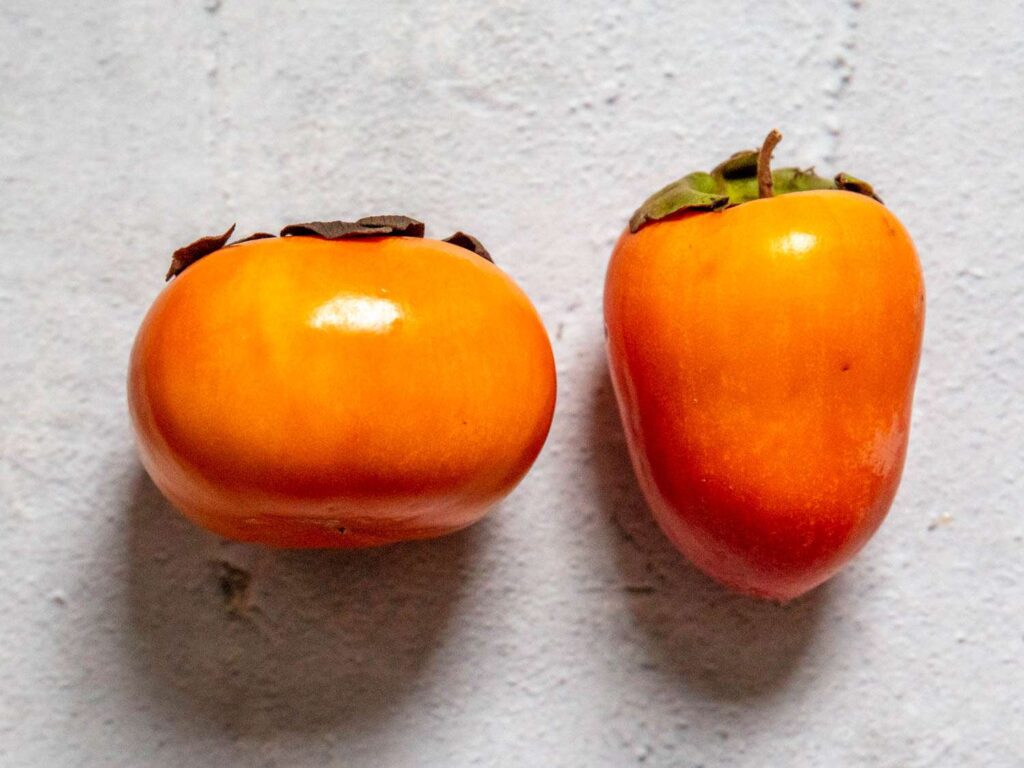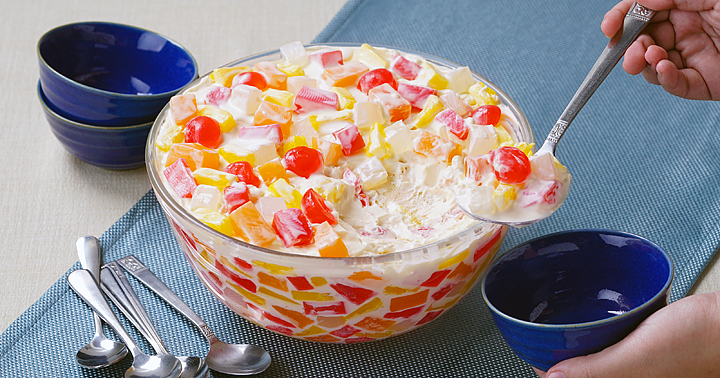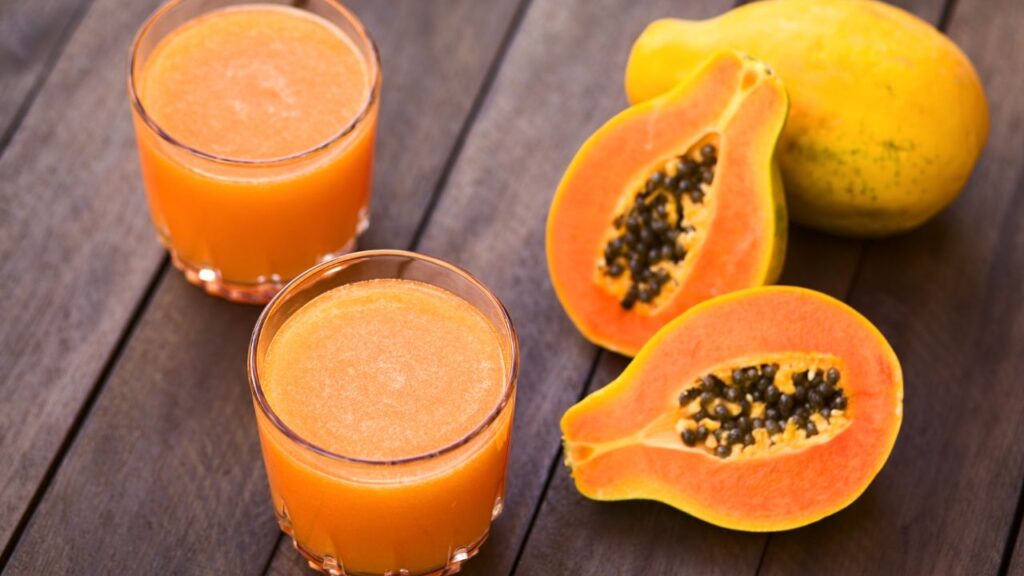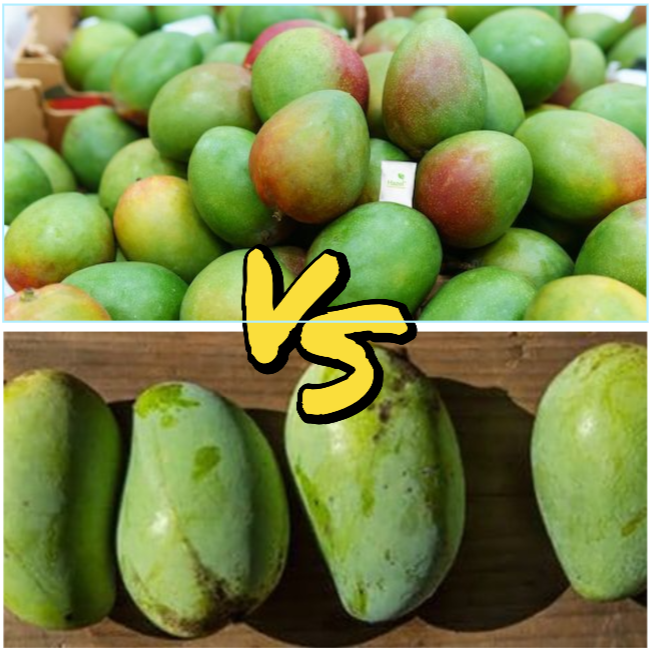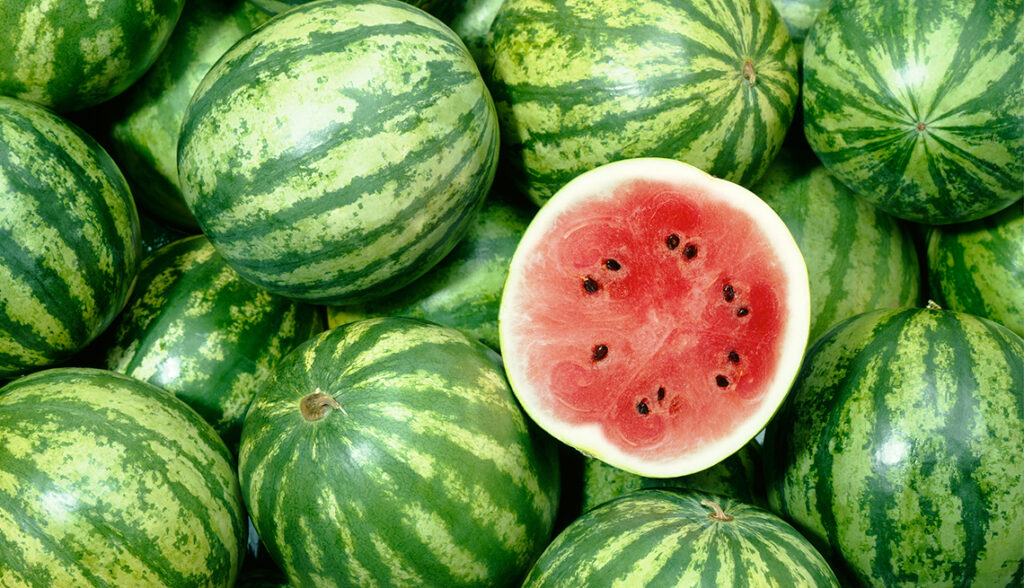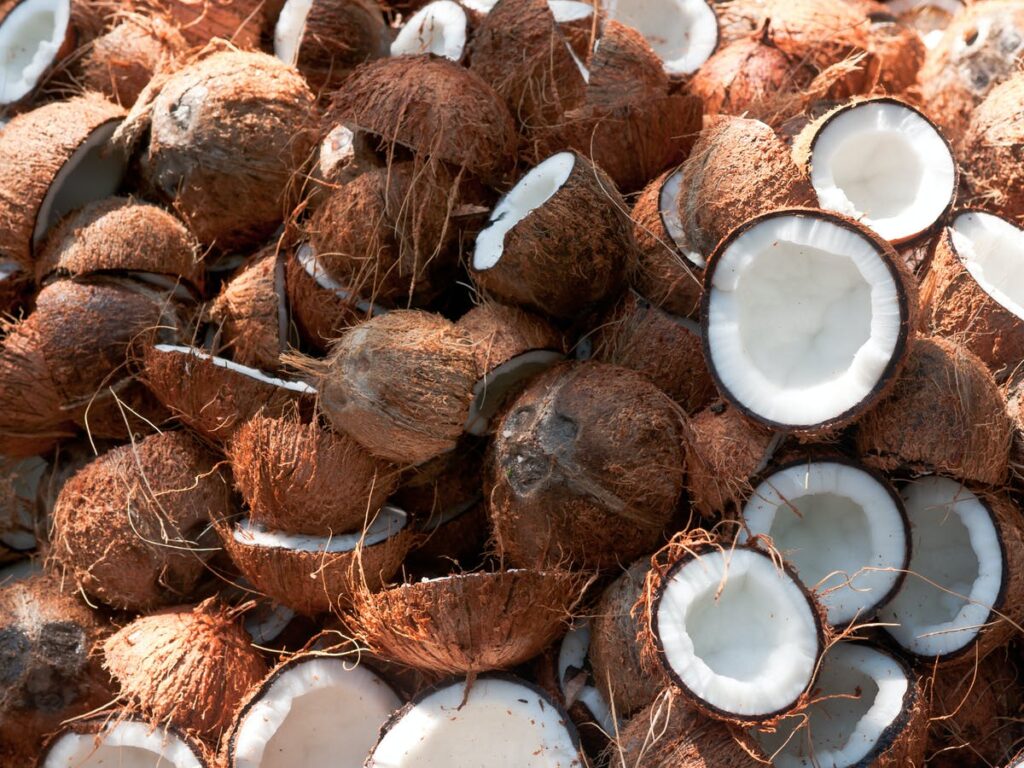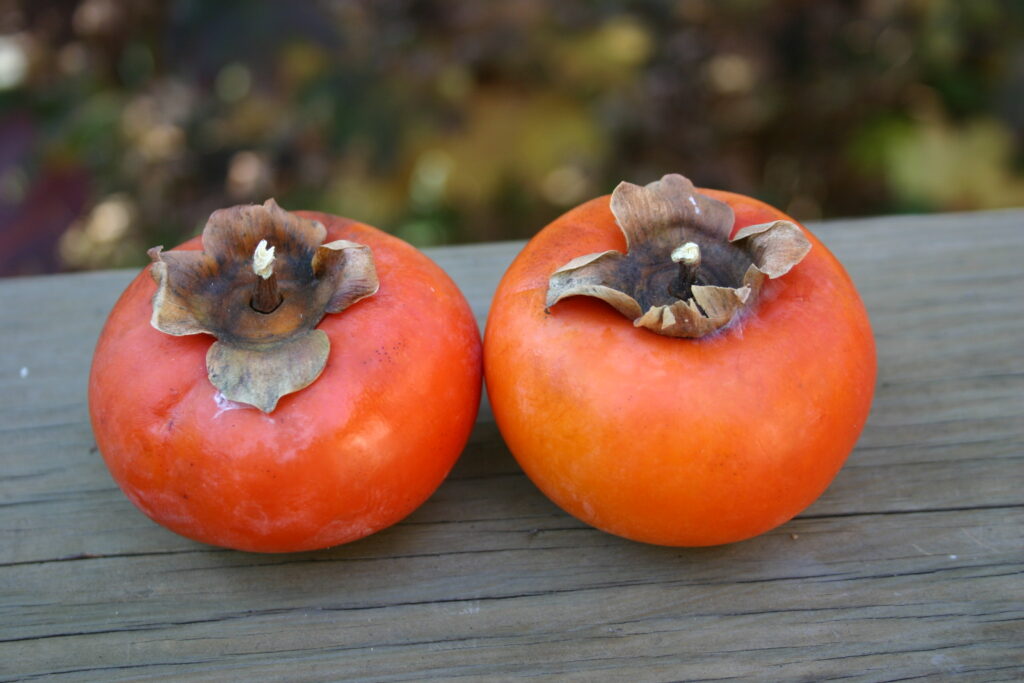Dragon fruit is known for its bold color and sweet taste, making it a favorite treat for people. But what about dogs? Is it just as good and safe for them to eat dragon fruit? Keep reading to discover the answer.
Many dog parents are curious if their furry friends can also enjoy the tasty and bright-colored dragon fruit. It does seem tempting with its vibrant pinkish skin and juicy white pulp! But it’s not a straightforward yes or no: There are benefits and drawbacks to giving your dog this exotic and nutritious fruit.
In this detailed post, we’re going to dive deep into the topic of dragon fruit for dogs. We’ll look at the health benefits it might offer, as well as any negative effects it could have. Once you understand what’s in dragon fruit and how it could affect your fur baby, you can make a smart choice about whether your dog should munch on this tasty tropical fruit.
Table of Contents
- Can Dogs Eat Dragon Fruit Safely?
- The Good Stuff in Dragon Fruit for Dogs
- How to Give Your Dog Dragon Fruit in a Safe Way
- Step 1 – Seek Advice from a Vet
- Step 2 – Clean and Skin the Dragon Fruit
- Step 3 – Make Sure the Pieces are Small
- Step 4 – Give as a Treat in Small Amounts
- Step 5 – Monitor for Any Bad Reactions
- Step 6 – Adjust the Quantity Gradually
- Step 7 – Track and Tweak the Amount
- Step 8 – Keep Dragon Fruit as a Treat, Not a Main Dish
- Step 9 – Make sure your dog can drink fresh water anytime
- Step 10 – Visit the vet regularly to keep your dog’s diet on track
- Risks of giving Dragon Fruit to Dogs
- How much dragon fruit can dogs have?
- Conclusion
Can Dogs Eat Dragon Fruit Safely?
Dogs can definitely eat dragon fruit if it’s prepared correctly – that is, if it’s cooked and chopped up into little pieces they can easily eat. Dragon fruit can be packed with good stuff for your dog like vitamins and minerals, and it can be a nice treat as long as you don’t go overboard with it.
This fruit is full of great nutrients for dogs, such as vitamins A and C, fiber to help their digestion, and antioxidants. Plus, it’s low in both calories and fat, which makes it a great option for dogs that need to watch their weight, like older dogs or those that are a bit heavy.
Yet, it’s important to remember that dragon fruit does have sugar in it, so it’s better to give it to your dog in small amounts. Eating too much sugar can lead to a heavier dog and other health issues down the line. Also, the seeds from the dragon fruit can be tough for dogs to digest and might even block their guts if they’re not removed.
Giving your dog dragon fruit as a snack can be great, but just make sure to do it in small doses and always take out the seeds first. If you’re at all unsure about letting your dog try dragon fruit, it’s a good idea to chat with your vet first.
The Good Stuff in Dragon Fruit for Dogs
Dragon fruit can be a yummy and helpful addition to your dog’s treats, offering quite a few health perks. Here are some key nutritional benefits:
- Full of Antioxidants: Dragon fruit has lots of antioxidants that can protect your dog’s cells from harm caused by free radicals.
- High in Fiber: It’s a tasty way to add fiber to your dog’s diet, which is great for keeping their digestive system working smoothly.
- Low on Calories: Because it doesn’t have a lot of calories, it’s an excellent treat option for dogs that need to stay trim or shed a few pounds, without missing out on nutrients.
- Packed with Vitamin C: Vitamin C in dragon fruit helps maintain your canine companion’s immune system, skin, and even their connective tissues.
- Contains Essential Minerals: Minerals like magnesium, potassium, and iron that are found in dragon fruit are vital for your dog’s general health.
- Helps Keep Dogs Hydrated: Dragon fruit’s high water content makes it a particularly good snack for hydrating your dog, especially after lots of playtime on warm days.
Although this fruit can be a nice treat, it shouldn’t be given in large quantities or become the main part of their diet—it’s best as an occasional extra.
How to Give Your Dog Dragon Fruit in a Safe Way
Step 1 – Seek Advice from a Vet
Talking to your vet should be the first step before you let your dog try dragon fruit. They can tell you if it’s a good idea for your particular pooch and how much your dog can safely eat based on their size, age, and wellness. Skipping this step could put your dog at risk if they eat something new like dragon fruit.
Step 2 – Clean and Skin the Dragon Fruit
The next thing you need to do is wash the dragon fruit to get rid of any grime or germs on the outside. Peel all of the outside off with a knife or peeler, so there’s no chance of any harmful bits being eaten. You also want to make sure the fruit is really ripe when you give it to your dog, because an unripe dragon fruit might upset their stomach.
Step 3 – Make Sure the Pieces are Small
To keep your dog safe when giving them dragon fruit, you should cut it into small pieces that are easy for them to eat. This lowers the chance of choking and makes sure they can chew and digest it properly. Also, get rid of any tough bits or seeds which could be hard to digest or even choke your dog. By being careful like this, you can make sure your buddy enjoys their fruit safely.
Step 4 – Give as a Treat in Small Amounts
Begin with a tiny bit of dragon fruit to see how your dog takes to it. It can also help you figure out if they have any allergies or get an upset stomach because of it. Slowly increase the amount based on what your vet says.
Step 5 – Monitor for Any Bad Reactions
Watch your dog for signs of allergies like itchy skin or hives, or issues with their stomach like throwing up or diarrhea. If you see any of these, don’t give them any more dragon fruit and talk to your vet right away.
Step 6 – Adjust the Quantity Gradually
Remember to go slowly when you introduce more dragon fruit into your dog’s diet. Your vet can help you decide the right amount based on your dog’s individual needs.
Step 7 – Track and Tweak the Amount
Keeping an eye on the amount of dragon fruit your dog eats will help you adjust the serving size as needed. Make sure not to overdo it to avoid digestive troubles.
Step 8 – Keep Dragon Fruit as a Treat, Not a Main Dish
Step 9 – Make sure your dog can drink fresh water anytime
Always have fresh water available for your dog when they eat dragon fruit. The fruit might make them thirsty, so having water to drink is very important, especially if they eat a lot of it.
Step 10 – Visit the vet regularly to keep your dog’s diet on track
Seeing the vet often is a good way to check if your dog’s food is giving them everything they need. If dragon fruit is a new snack for them, the vet can tell you if it’s okay and if you need to change anything in their meals.
Risks of giving Dragon Fruit to Dogs
Here are some stuff to watch out for when giving your dog dragon fruit:
- Allergic reactions: Some dogs might be allergic to dragon fruit. They could get itchy, have red skin, or swell up. Check for these signs.
- Stomach upset: Giving dogs only ripe dragon fruit in small bits can stop them from getting an upset stomach like throwing up or having diarrhea.
- Choking problems: Don’t let your dog eat big pieces of dragon fruit with seeds or hard bits because they might choke on them.
- Not enough nutrients: Dragon fruit has good stuff for your dog like vitamins and minerals, but your dog still needs their normal food to get all the nutrients they need.
- Medicine problems: Talk to your vet before giving dragon fruit if your dog is on medicine. The fruit might mess with how the medicine works.
- Too much fruit: Keep an eye on how much dragon fruit your dog eats. Giving them too much can make their stomach upset.
- Poisoning risk: Don’t let your dog eat parts of dragon fruit plants like the skin or stem, which might be poisonous and make them sick.
Give your dog dragon fruit carefully to keep them safe and healthy. Ask your vet first, and cut the fruit into small bits. Don’t feed it too often or as their main food. Instead, use it as a special snack sometimes.
By watching how you feed dragon fruit, you can help make sure your pet enjoys it and stays healthy.
How much dragon fruit can dogs have?
Dogs should only have a little dragon fruit. No more than 1–3 spoonfuls a day is a good amount. It’s best to cut the fruit into small pieces they can eat easily to avoid choking. Make sure your dog eats their regular food too for all the nutrients they need, and give them plenty of water to drink.
Conclusion
Dragon fruit can be a yummy extra in your dog’s diet if you’re careful. Talk to your vet before you start giving it to them, to make sure it’s safe and they’re not allergic or might react badly.
Cut the dragon fruit into small pieces and give it only once in a while, not as their main meal. If you do it right, your dog can enjoy dragon fruit safely and happily.
